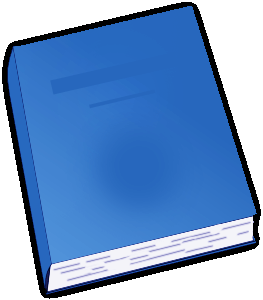Encyclopedia from 1911 Volume 1 of 28 By: Various |
|---|

Encyclopedia from 1911 Volume 1 of 28 offers a fascinating glimpse into the knowledge and mindset of the early 20th century. Compiled by a team of scholars and experts, this comprehensive volume covers an extensive range of subjects, making it an invaluable resource for anyone interested in history, culture, and the social sciences.
One of the standout features of this book is its depth and breadth of information. It covers topics as diverse as literature, geography, biology, politics, and much more. Each entry is written with meticulous attention to detail, providing readers with a comprehensive overview of the subject matter. The book also includes numerous illustrations, maps, and diagrams, further enhancing the content and making it more accessible.
Reading through this volume, one can't help but be struck by how much our understanding of the world has evolved since 1911. The encyclopedic entries offer insights into the prevailing scientific, social, and cultural beliefs of the time, making it a valuable historical document. However, it is important to approach this book with a critical eye and recognize the biases and limitations that come with its age. Some entries may contain outdated or disproven information, reflecting the understanding of the era it was written in.
Despite its age, the Encyclopedia from 1911 Volume 1 of 28 remains a fascinating read. Its sheer size and scope make it a treasure trove of knowledge, allowing readers to delve into a bygone era and gain a deeper understanding of the prevailing wisdom of the time. Whether one is a student of history, a researcher, or simply a curious reader, this volume is sure to provide hours of engaging exploration and discovery.
In conclusion, Encyclopedia from 1911 Volume 1 of 28 is a valuable contribution to the world of knowledge and a testament to the intellectual pursuits of the early 20th century. While it may not be up to date with current understanding, it serves as a time capsule, capturing the prevailing thoughts and beliefs of its era. This book is a must-have for anyone interested in history, culture, and the evolution of human knowledge. A. This letter of ours corresponds to the first symbol in the Phoenician alphabet and in almost all its descendants. In Phoenician, a, like the symbols for e and for o, did not represent a vowel, but a breathing; the vowels originally were not represented by any symbol. When the alphabet was adopted by the Greeks it was not very well fitted to represent the sounds of their language. The breathings which were not required in Greek were accordingly employed to represent some of the vowel sounds, other vowels, like i and u, being represented by an adaptation of the symbols for the semi vowels y and w. The Phoenician name, which must have corresponded closely to the Hebrew Aleph, was taken over by the Greeks in the form Alpha (alpsa). The earliest authority for this, as for the names of the other Greek letters, is the grammatical drama (grammatike Ieoria) of Callias, an earlier contemporary of Euripides, from whose works four trimeters, containing the names of all the Greek letters, are preserved in Athenaeus x. 453 d. The form of the letter has varied considerably. In the earliest of the Phoenician, Aramaic and Greek inscriptions (the oldest Phoenician dating about 1000 B.C., the oldest Aramaic from the 8th, and the oldest Greek from the 8th or 7th century B... Continue reading book >>
|
| eBook Downloads | |
|---|---|
|
ePUB eBook • iBooks for iPhone and iPad • Nook • Sony Reader |
Kindle eBook • Mobi file format for Kindle |
|
Read eBook • Load eBook in browser |
Text File eBook • Computers • Windows • Mac |
| Review this book |
|---|